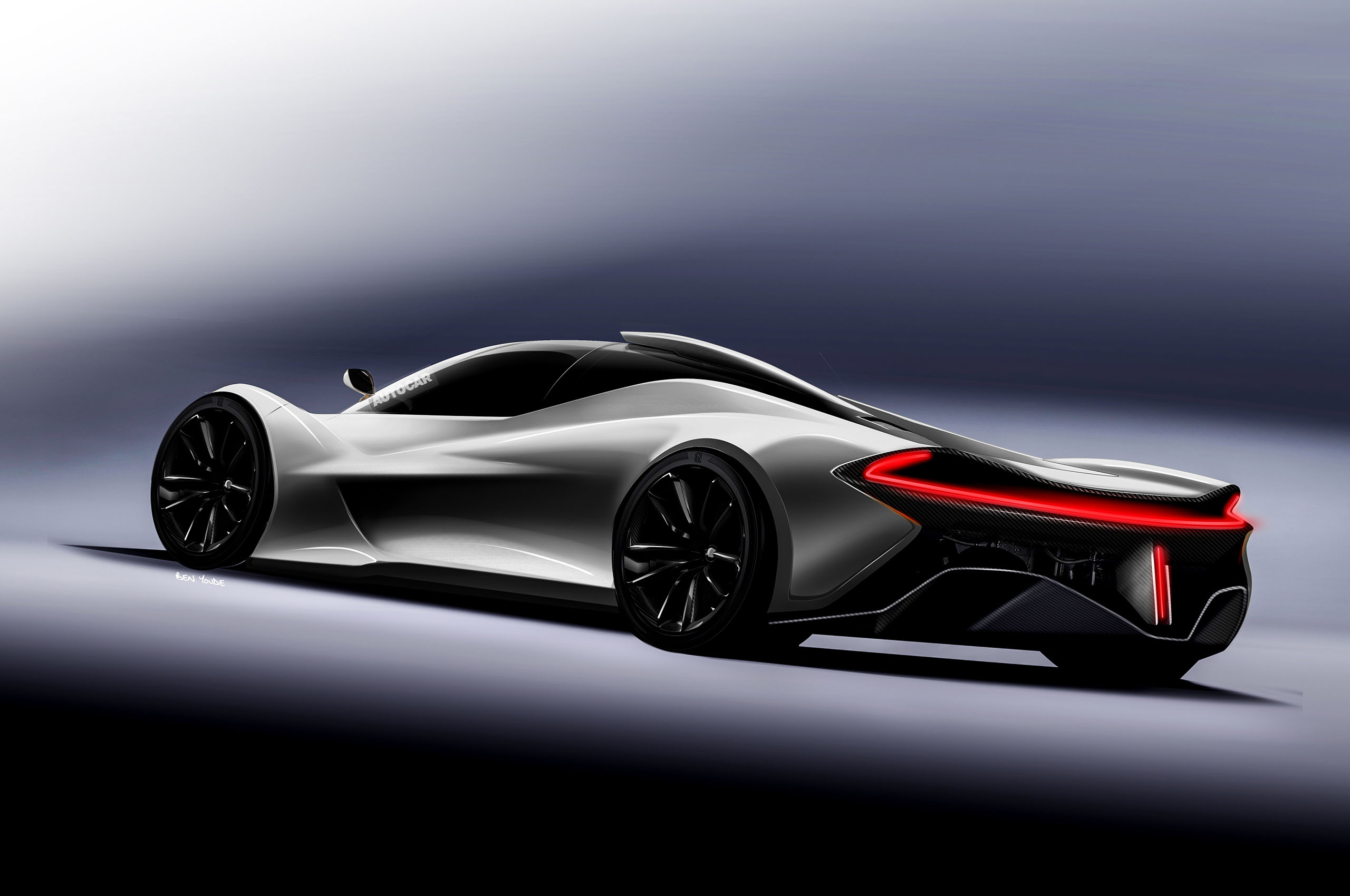

MCLAREN F1 TV
Where are the famous cars from the 80s TV shows and movies.
MCLAREN F1 PLUS
MCLAREN F1 DRIVER
This solution offered the driver a Formula One-like position and made the F1 the first supercar to seat three people instead of only two. The driver’s seat was placed in the middle, flanked by to passenger seats mounted a few inches toward the rear. Usually changing owners for millions of dollars, the F1 is one of the very few multi-million-dollar supercars built in the 1990s.Īrguably the most mind-blowing feature of the F1 was its three-seat configuration.Īrguably the most mind-blowing feature of the F1 was its three-seat configuration. Some 25 years have passed since its introduction and the F1 is already considered a classic. Other past and present F1 owners include Ray Bellm and Thomas Bscher, both. Essentially a standard F1 with aerodynamic improvements, the GTR went on to win the 24 Hours of Le Mans in its first year on the race track. F1 GTR 06R which came third overall in the 1995 24 Hours of Le Mans is currently in the hands of David Clark, former Sales Director of McLaren Cars Limited and the current owner of UK exotic and classic car specialist Taylor & Crawley. The F1 spawned a couple of special-edition models such as the LM and the GT, but it was also used as a base for the GTR race car.
MCLAREN F1 FULL
Its record endured from 1992 until 2005, when Bugatti unleashed the ludicrous Veyron. Darktraces AI security platform protects McLarens F1 team from the full range of cyber-attacks across their network and email environments, ensuring they. Not only powerful and quick, the F1 was also the world’s fastest production car.

It was also the first production car to use a carbon-fiber monocoque chassis and the first to bring high-tech and expensive materials such as titanium, magnesium, Kevlar, and gold under the same roof. It had a race-inspired design, a three-seat configuration with the driver seat in the middle, and a comfortable ride for a vehicle of its kind. It was unlike any other supercar launched up to that point. Appointed as head of McLaren Cars in 1991, Murray convinced Ron Dennis to build the vehicle and played a key role in the design of the F1. The idea was born in the late 1980s, when Gordon Murray, the technical director of McLaren’s Formula One, began sketching the F1 as a three-seat supercar. The McLaren F1 was unveiled in May 1992 and was the company’s first road-going production car. Check out our full review of the Gordon Murray T.50 or all of our recent coverage of it Update: The Spiritual Successor to the McLaren F1 - the Gordon Murrage T.50 - has launched with a similar three-seat configuration and ultra-lightweight, Cosworth-built engine, and the most impressive aerodynamic system of any supercar on the market today. Arguably the most iconic supercar of the 1990s


 0 kommentar(er)
0 kommentar(er)
